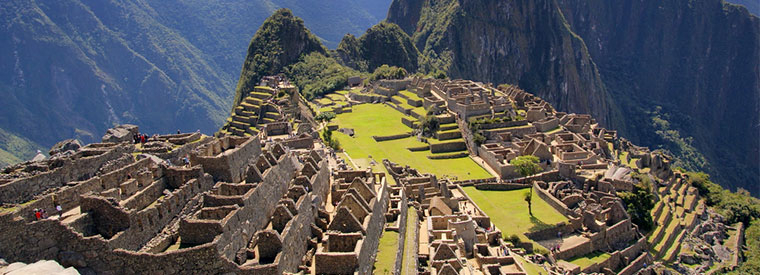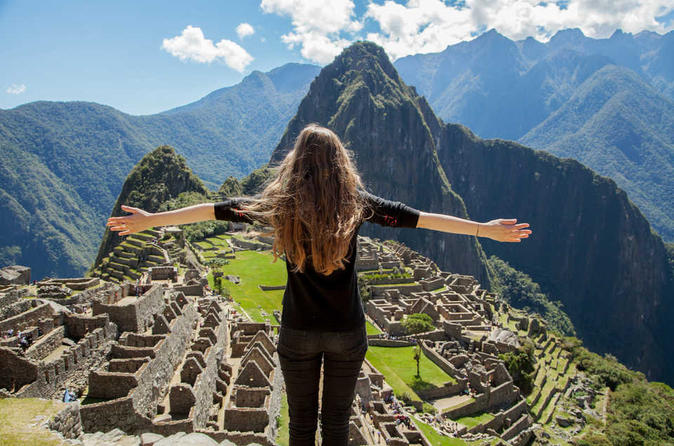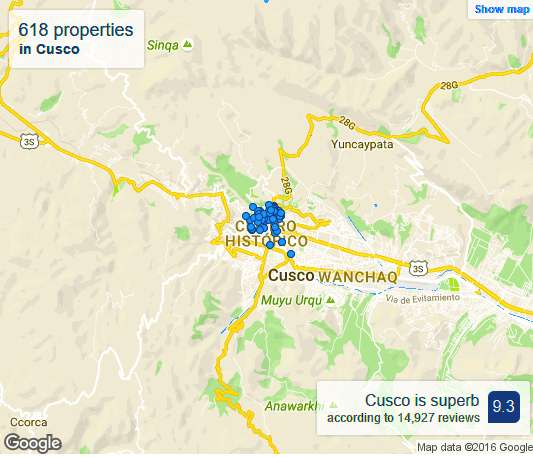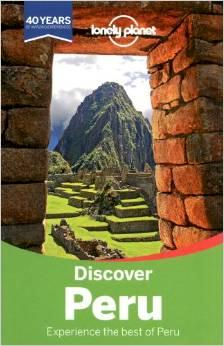« PERU • Discover Peru • Cusco
Destination Magical Cusco
Cusco was the site of the historic capital of the Inca Empire and was declared a World Heritage Site in 1983 by UNESCO. It is a major tourist destination and receives almost 2 million visitors a year. It is designated as the Historical Capital of Peru by the Constitution of Peru. The Killke occupied the region from 900 to 1200, prior to the arrival of the Incas in the 13th century.
A | B | C | D | E | F | G | H | I | J | K | L | M | N | O | P | Q | R | S | T | U | V | W | X | Y | Z
» Piquillacta
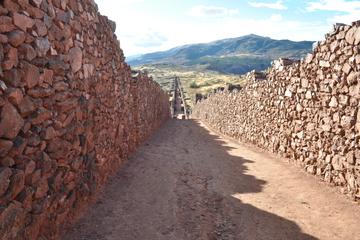
At 3,250 meters above sea level, and just 30 km (18 miles) from the highland Peruvian city of Cuzco, best known for being the jumping-off point for visiting Machu Picchu, Piquillacta makes a great day trip. It is a mainly adobe pre-Incan ruin that was in use by the Wari people as an administrative center from 550 to 1100 AD. The site is extensive, spread out over 13 square miles, and is part of an archaeological park that also includes the Rumicolca Ruins. The center of the area is the remains of a lake, the Laguna de Huacarpay …
» Pisac Indian Market
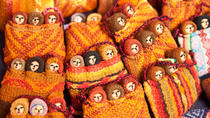
The Sacred Valley town of Pisac was once a lofty Inca citadel. These days, it attracts shoppers rather than warriors, with its popular Sunday-morning handicrafts market. After touring Pisac's Inca site, dramatically set on a mountain spur an hour's hike above the village, get ready to haggle and barter at the market. Finger puppets, pan pipes, woven ponchos, rugs, shawls, hats, jewelry, ceramics - you name it, you'll find it. Villagers from throughout the Sacred Valley …
» Pisaq Potato Park
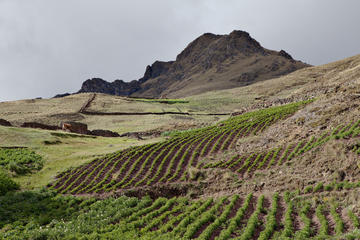
Located in the Sacred Valley of Peru, Pisaq Potato Park encompasses nearly 30,000 acres (12,000 hectares) of high-altitude Andean land where local residents manage and conserve one of their most important agricultural resources: potatoes. Some 700 varieties of potatoes grow within the park, many of them endemic to the region. Six Quechua communities joined forces on the conservation project with the aims of eradicating hunger, promoting gender equality and ensuring environmental sustainability …
» Plaza de Armas (Huacaypata)
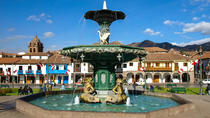
There was once a time when Cusco was the center of the powerful Incan Empire. From the coastal deserts of southern Peru to the frigid peaks of the Andes, every decision within the empire traced back to the city of Cusco. It was the beating heart at the very center of one of the greatest civilizations in history, and at the center of Cusco was the massive square which was known as Huacaypata. When the Spanish besieged the city, however …
» Pre-Columbian Art Museum
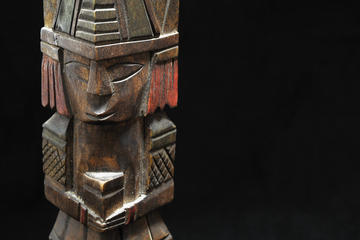
Many travelers to Cuzco are familiar with the Inca, the native inhabitants of the Peruvian Andes who were brutally conquered by the Spanish. Fewer people, however, are familiar with the Moche, Nazca, Chimu, and Chancay whose histories date back for thousands of years. Though only a handful of sights remain from these cultures, their legacy remains through the various art forms which have survived throughout Peru's many conquests. When visiting Cuzco, the Pre-Columbian Art Museum is a private collection of over 450 pieces …
» Putucusi Mountain
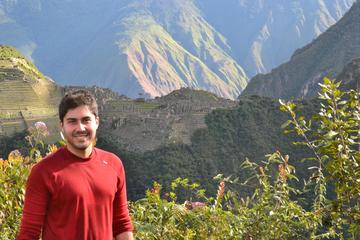
Looming on the horizon to the east of Machu Picchu, the 2,500-meter peak of Putucusi Mountain makes an enticing proposition for those looking to venture off-the-beaten-track and escape the crowds. With its sheer forested slopes and near-vertical cliff faces, you'll need to be in good fitness to scramble to the summit of Putucusi, but a series of rock steps and wooden ladders will help you along the way. Hiking Putucusi takes around 3.5-hours round-trip, but it's worth the effort, affording spectacular aerial views over neighboring Machu Picchu and Aguas Calientes …
» Q'enqo
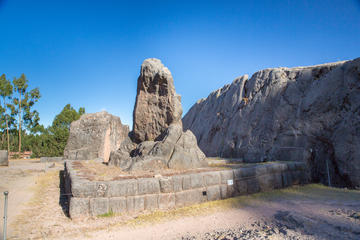
Near Cuzco, on the way to Pisac from Sacsayhuaman, is the amphitheater and temple of Q'engo. This site which is at 3,600 meters above sea level has some of the best examples of undisturbed Incan carving in the world. The name (which has many alternative spellings, sometimes with a k) means zig-zag, and this is in reference to the carved channels in the rock at the site. The site is actually comprised of four different parts, with the most popularly visited being Q'engo Grande, which was used as an astronomical observatory and holy site …
» Qorikancha
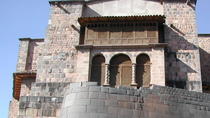
The Inca site of Qorikancha forms the foundations of the colonial church of Santo Domingo, creating an unusual combination of monolithic Inca and arched colonial architecture. Qorikancha means 'Golden Courtyard', and in Inca times the temple walls were clad with 700 sheets of solid gold, proving a tempting lure for the conquistadors. The gold sheets and gold and silver statues are gone, melted down and recast by the Spanish, but the impressively hewn curved wall of basalt stonework remains …
» Quechua Village
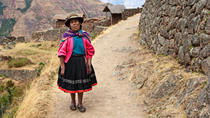
The Quechua are the indigenous people of the Andes, and their language is also called Quechua. The Inca used the Quechua language to unify their empire, fanning out from Cusco, where the language was also influenced by Aymara. The word Quechua was used to describe an area of land that was suitable for growing maize, and it remains the ideal word to describe the fertile Sacred Valley. Today the Quechua villages provide a window into the past, inhabited by the Inca descendants who have preserved the handicraft traditions …
» Raqch'i
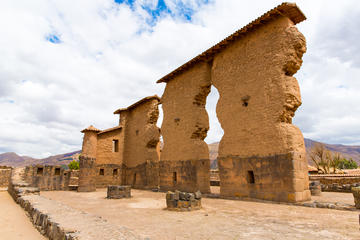
This vast Inca archaeological site is one the Cusco Region's top attractions, drawing travelers from across the globe that come in search of ancient ruins. Most of the highlights of this historical destination are located inside an old defense wall. Visitors will find a courtyard, lodging house, and several other structures that are worth exploring on a tour of Raqch'i. Some 220 small storehouses known as qullqas, which surround the area, are another unique feature of this ancient Inca locale …
» Sacred Valley of the Incas
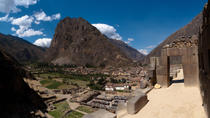
The Sacred Valley was the agricultural food bowl of the Inca, a fertile plain perfect for growing the Inca staples, maize and potatoes. At the heart of the valley is the ancient city of Cusco, surrounded by remote Quechua villages and the crumbling remains of Inca citadels. With its Quechua village festivals and markets, colonial churches, Inca ruins, river rafting, horseback riding and trekking, there are plenty of reasons to head out into the Sacred Valley of the Incas …
» Sacsayhuaman
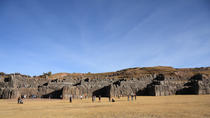
Sacsayhuaman is the largest and most impressive of four archaeological ruins on the outskirts of Cusco, Peru. Built by the Incas, it served an important military function and was the site of a major battle with the Spanish in 1536. The name itself can be translated as 'speckled head' and some say that the city of Cusco was laid out in the shape of a puma, with Sacsayhuaman forming the head. The complex was constructed out of massive stones …
» Salkantay Trail
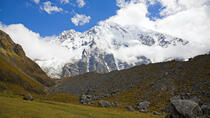
For those who don't want to book their tour dates six months in advance for the Inca Trail (especially during high season from June through August, when permits sell out quickly), the Salkantay Trail is a great alternative. Not only is it easier to plan because you don't need to book in advance, it's more affordable, less touristy and is often said to have a more authentic feel than the classic Inca Trail. Salkantay is a remote and scenic trek located in the same region as the Inca Trail …
» San Blas
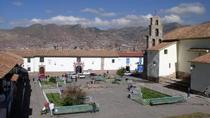
San Blas is the artisan precinct of Peru's most famous handicrafts town, Cusco. This area of workshops and studios, galleries and shops is the home of Cusco's weavers, sculptors and potters. The artists' enclave is ideal for a stroll, its cobblestone streets lined with whitewashed adobe houses decorated with contrasting blue doors and window frames. You'll also see remnants of Inca walls in this hilly enclave, where some narrow streets are so steep they are stepped …
» San Pedro de Andahuaylillas
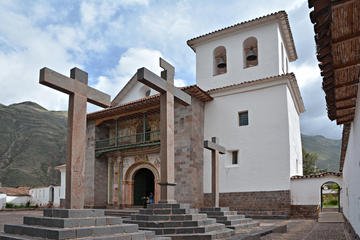
Walk inside San Pedro de Andahuaylillas, set in the central square of a tiny Andean village near Cusco, and you'll quickly understand why the church got the nickname 'The Sistine Chapel of the Americas.' The Baroque church, built during the late sixteenth century, appears whitewashed and rather banal from the outside, but the lavish embellishments found within - carvings, paintings, murals and an impressive gold-leaf alter - are what make the church so famous …
» Tambomachay
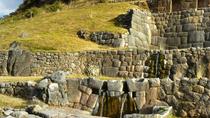
Tambomachay might not be one of the biggest ruins in Cusco, but it's definitely one of the highest, topping out at nearly 13,000 feet. Located five miles from the city center, Tambomachay is also known as 'the Baths of the Inca' due to the multiple baths which are scattered about the site. The Inca held water in a spiritual regard as one of the sources of life, and the spring waters at Tambomachay are masterfully diverted into aqueducts, baths, and stone-carved waterways …
Page 1 • Page 2
« PERU • Discover Peru • Cusco


